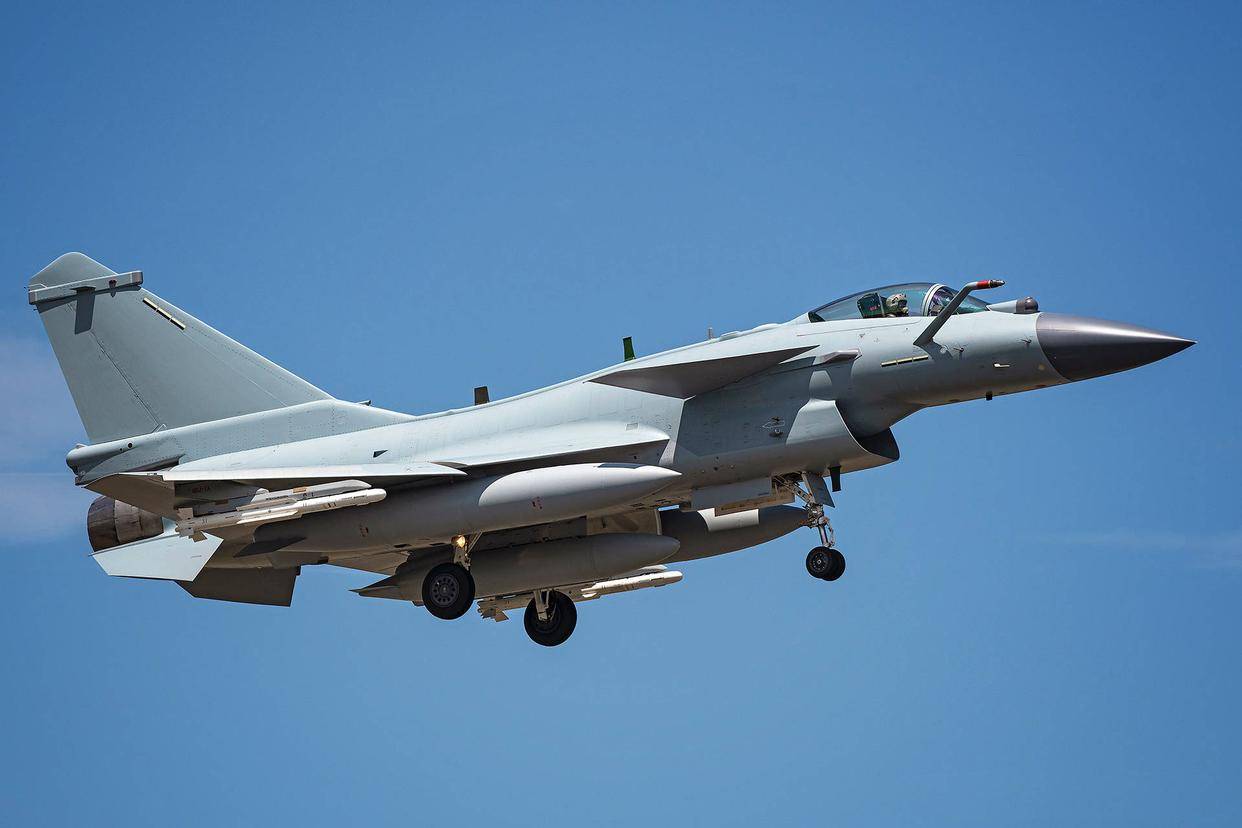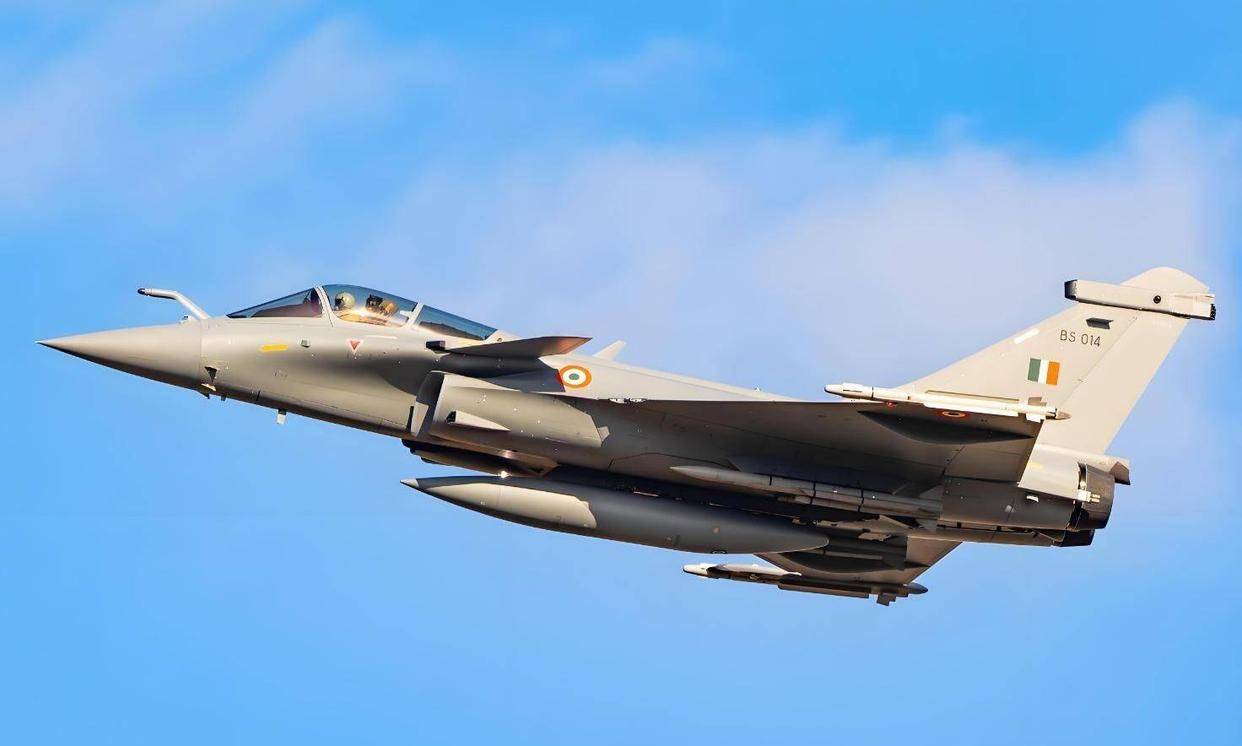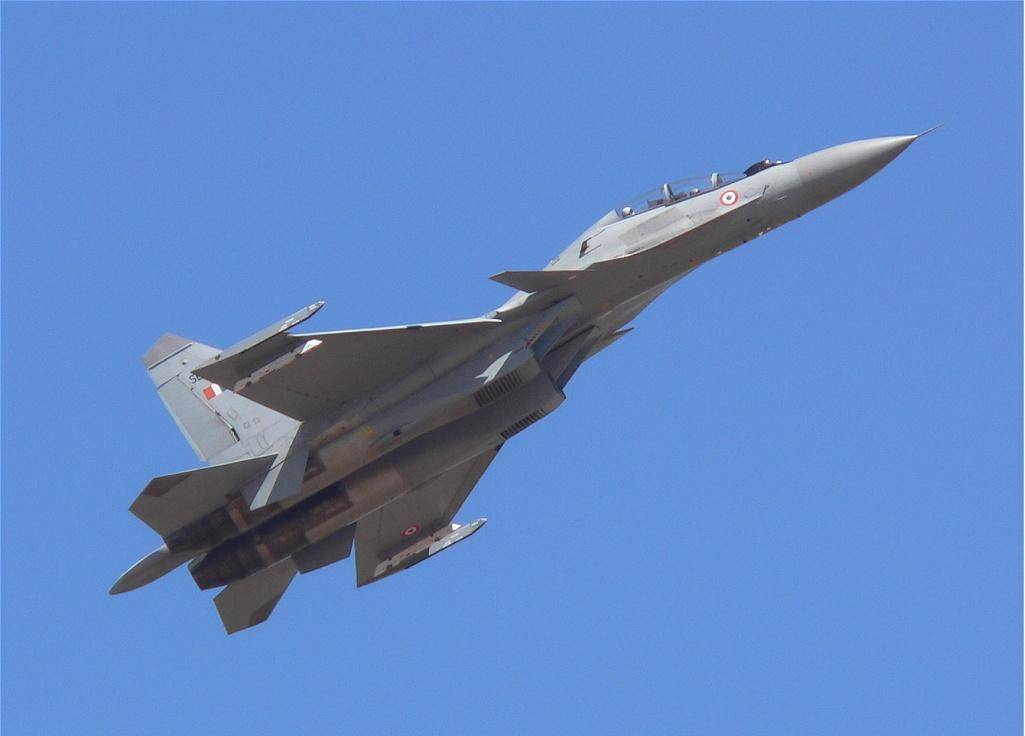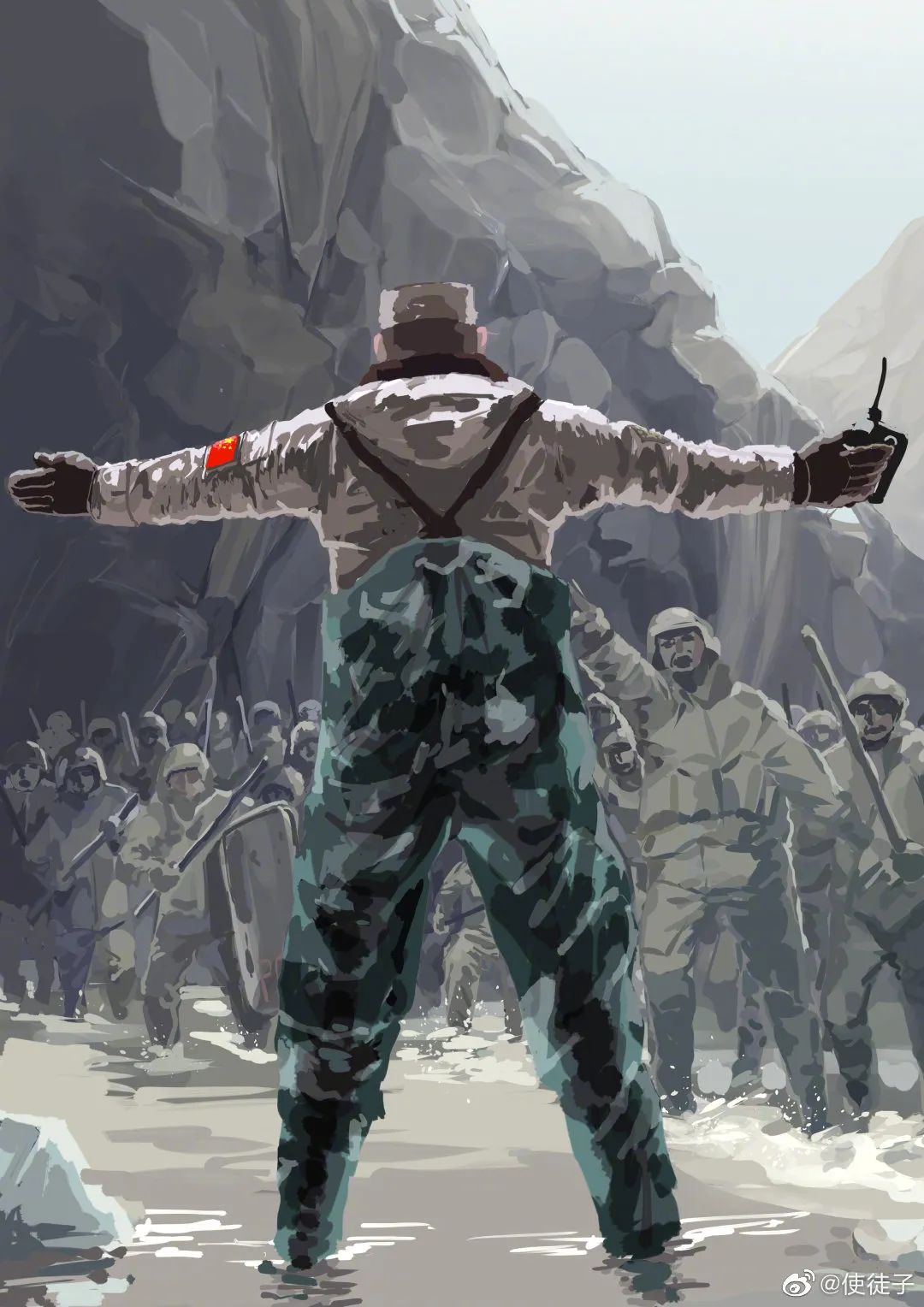Comparative Analysis of J-10C vs. Rafale Based on the India-Pakistan Air Combat
The May 2025 India-Pakistan air combat provided global military observers with a real-world case study of direct confrontation between China's J-10C and France's Rafale fighter jets, revealing the actual performance differences between these 3.5-generation & 4.5-generation aircraft.


I. Performance Comparison: J-10C vs. Rafale
Radar System Comparison
The J-10C's KLJ-7A Gallium Nitride (GaN) Active Electronically Scanned Array (AESA) radar significantly outperforms the Rafale's RBE2-AA radar in several key metrics:
Detection Range: 220 km against 5 m² targets (vs. Rafale's 180-200 km)
T/R Modules: 1,400-1,700 modules (vs. Rafale's 836-1,200)
Anti-Jamming: 30% higher power density with silicon carbide components, supporting synthetic aperture imaging and multi-target tracking
Cooling: Liquid cooling ensures stable high-power performance, while Rafale's air cooling leads to noticeable performance degradation
Weapon Systems Comparison
Metric J-10C (PL-15E Missile) Rafale (Meteor Missile) Advantage
Range 200 km 150 km (120 km in Kashmir) J-10C
Terminal Speed Mach 4 Data unavailable J-10C
Guidance Dual-mode (Radar/IR) Pulse-Doppler Radar J-10C
Cost ~$1M per unit ~$3M per unit J-10C
In combat, the PL-15E's multi-mode guidance countered Indian electronic jamming and evasion tactics, while the Meteor's effective range shrank by 20% in Kashmir's high-altitude, low-oxygen conditions.
Electronic Warfare (EW) Capabilities
The J-10C's integrated EW system can simultaneously jam 16 frequency bands. In contrast, the Rafale's SPECTRA system failed to counter the PL-15E's dual-pulse engine signature. The J-10C's "Gemstone Pillar" EW suite (adapted from the J-20) delivered triple the jamming power of the Rafale's system, with Indian pilots reporting "missiles hit before warning alarms activated."
Maneuverability & Multi-Role Capability
While superior in air combat, the J-10C lags in multi-role versatility:
Payload: Rafale offers 14 hardpoints (10-ton capacity) for mixed air-ground-sea ordnance, including nuclear strikes.
Combat Radius: 1,850 km (vs. J-10C's 1,250 km).
Low-Speed Agility: Rafale's 28°/sec instantaneous turn rate outperforms the J-10C in sustained turns.
II. Systemic Warfare: The Decisive Factor
The 2025 conflict demonstrated how modern air combat has evolved from platform-centric to system-centric warfare, with Pakistan's integrated network proving decisive.
Pakistan's Command-and-Control Edge
ZDK-03 AEW&C: 400 km monitoring range, 0.8-second data refresh (7.5× faster than India's Phalcon AWACS).
LINK-17 Data Link: Enabled "A-shoot-B-guide" tactics, maximizing PL-15E's range.
Early Warning: Detected Indian formations 40 minutes pre-engagement, allowing optimal J-10C positioning.
India's Systemic Shortcomings
AWACS Gap: Only 3 outdated Phalcon systems, deployed rearward.
Data Link Incompatibility: 36 Rafales operated as "isolated islands" due to incompatibility with Russian A-50EI AWACS.
Coordination Lag: 0.8-second voice-command delays vs. Pakistan's real-time data sharing.
Cost-Effectiveness of Pakistan's Ecosystem
Localized Production: WS-10B engines cost 40% less than France's M88.
Bundled Systems: AEW&C, data links, and EW sold as integrated packages.
Economies of Scale: PL-15E mass production (~1,000/year) cut unit costs to ~$1M.
This systemic efficiency allowed Pakistan to achieve a 1:3 cost-performance ratio (1 J-10C at
40M vs. 3 Rafales at
40Mvs.3Rafalesat240M), validating "mid-tier systems outperforming premium standalone platforms."
III. Combat Narrative: May 7, 2025
India's "Operation Sindhu" cross-border strike met Pakistan's layered defense:
Integrated Air Defense
Outer Layer: HQ-9BE SAMs (260 km range).
Mid-Layer: HQ-16FE SAMs (160 km).
Inner Layer: J-10CE and JF-17 Block III interceptors.
Electronic Dominance
KG600 pods reduced Rafale radar refresh rates to 0.5 Hz.
SPECTRA EW system paralyzed for 12 seconds by targeted L-band (1.2-1.4 GHz) jamming.
Missile Engagements
PL-15E Performance:
Longest shot: 181.5 km (vs. stated 145 km).
Hit rate: 4 kills/12 launches.
Terminal speed: Mach 4, with 70-80 km "no-escape zone."
Result: 5 Indian aircraft downed (3 Rafales, 1 Su-30MKI, 1 MiG-29), proving "system synergy trumps individual platform superiority."


IV. The Sino-Indian "Oddity"
Despite India's diversified arsenal (e.g., T-90 tanks, Apache helicopters, S-400 SAMs), its border clashes with China curiously persist at a "cold balance" level—restricted to melee weapons like clubs and stones, creating a peculiar anomaly in modern conflict dynamics.



No comments:
Post a Comment